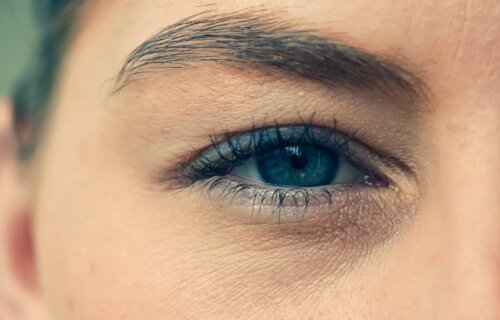PHILADELPHIA — Your eyebrows are not just a matter of grooming, they’re influenced by your genes! A groundbreaking study is shedding light on the genetic factors that determine the thickness of eyebrows. The research, conducted by the International Visible Trait Genetics (VisiGen) Consortium, focused on Europeans and explored the global variations and similarities in eyebrow thickness. This study marks the first-ever gene mapping study on eyebrow thickness in Europeans, uncovering three previously unknown genetic points (loci).
Eyebrow thickness, like other appearance traits, is highly heritable. Previous genetic studies on eyebrow thickness were limited to non-Europeans, leaving a gap in understanding the genetics of Europeans. The findings of this study expand our knowledge of genetic variations in human eyebrows and have implications for dermatology and other fields.

“We still know much more about the genes that make us sick than about those behind our healthy looks,” says lead investigator Prof. Dr. Manfred Kayser from the Erasmus MC University Medical Center Rotterdam in a media release. “For the first time, we performed a gene mapping study on eyebrow thickness variation in Europeans. We discovered new genes involved in eyebrow variation in Europeans and rediscovered some of the genes previously identified in non-Europeans.”
The study involved 9,948 individuals from four European ancestry groups. It not only identified three new genetic loci associated with eyebrow thickness but also rediscovered two of the four loci previously found in non-Europeans. Two other loci had minimal effects in Europeans due to their low allele frequencies.
The study is published in the Journal of Investigative Dermatology.
You might also be interested in:
- Best Eyebrow Pencils: Top 5 Brands Most Recommended By Beauty Experts
- Best Clear Eyebrow Gels: Top 5 Products Most Recommended By Beauty Experts
- The ugly side of beauty: Chemicals in cosmetics threaten college-age women’s reproductive health

